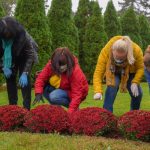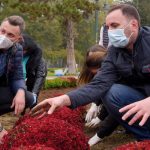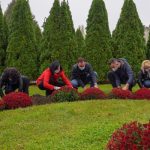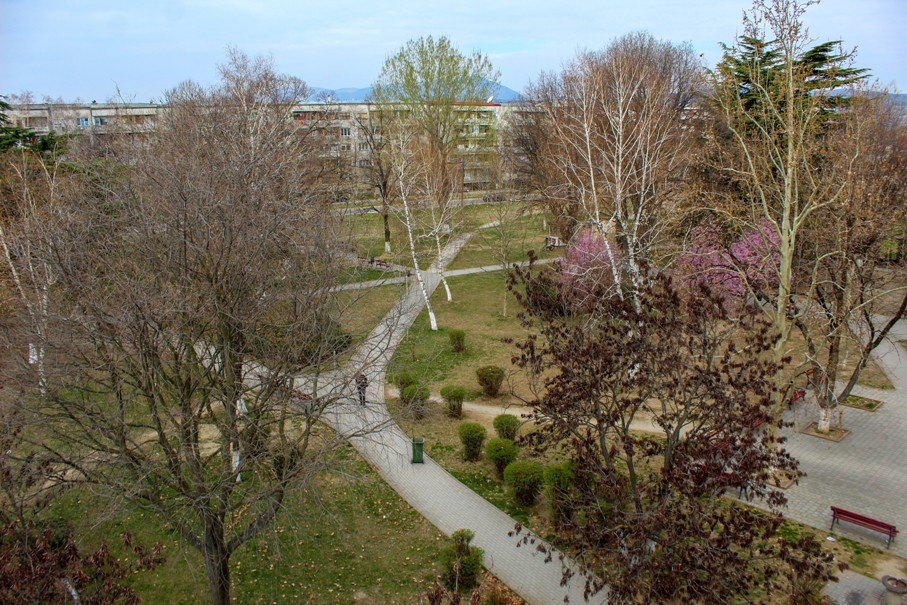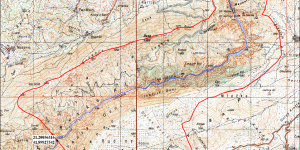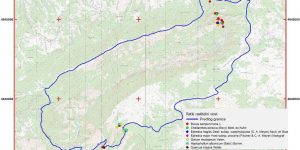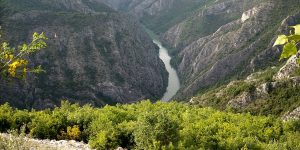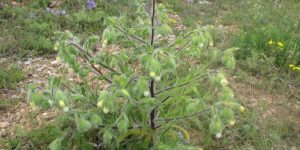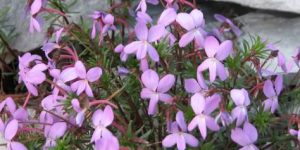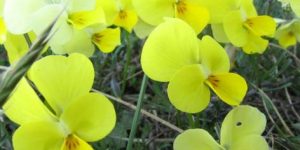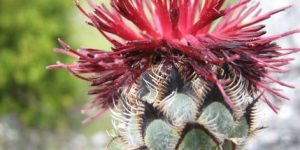The richness of natural and cultural values make Matka Canyon one of the most representative nature sites in the Republic of North Macedonia. The mosaic of various geological, geomorphological, hydrological, floristic and faunistic features contribute to Matka Canyon being one of the most important protected areas in our country.
Beautiful views, the wealth of speleological objects especially the caves, the unique living world, the cultural and spiritual treasure, and the proximity to the city destinations in the country. Geodiversity, the richness and diversity of biodiversity components (flora, fungi and fauna) were the main reason for the City of Skopje Assembly in 1994 to declare Matka Canyon a monument of nature.
The natural values of the Matka Canyon Nature Monument stem from the great wealth and diversity of species. Certain plant and animal species registered in the area of this protected area are of particular importance, given the fact that they are covered by international instruments of nature protection, ie the species is included in the annexes to international conventions, treaties, EU directives. Nature conservation and IUCN Red List of Threatened Species.
Matka Canyon, as part of the Skopje valley, extends to the southwestern part of it, situated along the lower course of the river Treska.
The area of the Matka Canyon Nature Monument is 6576 hectares.
As a complex unit that encompasses aquatic and terrestrial ecosystems, it is an exclusive, restricted area with high levels of biodiversity, heterogeneity and endemism, considered one of the most remarkable Macedonian “hot spots” in terms of biodiversity and endemic species.
Despite the fact that many groups have not yet been fully studied, current data on the Matka Canyon protected fauna and flora show extremely high levels of species richness, enabling Mediterranean species to meet with alpine, Siberian, or steppe species.
Over 50 local, national and Balkan endemics are present in the protected area.
Within the boundaries of the Matka Protected Area, the following important species are included in the lists of the following international documents, conventions and national lists of rare plant species:
IUCN World Red List (Walter & Gillet, 1998): Thymus oehmianus, Alkanna noneiformis, Centaurea grbavacensis, Genista nissana, Ramonda nathaliae, Viola kosaninii, Fritillaria graeca subsp. gussichiae.
CITES Convention (fam. Orchidaceae): Anacamptis pyramidalis,
Cephalathera longifolia, Limodorum aborativum, Orchis coriophora, Dactylorhiya maculata, Dactylorhiya sambucina, Orchis tridentata, Epipactis helleborine, Gymnadenia conopsea.
The flora and vegetation of the Canyon Matka Natural Monument are fully explored. The vegetation consists of over 15 plant communities, which have a precise distribution in terms of their spatial distribution and are embedded in the Vegetation Map of the protected area.
Individual specimens of European black hornbeam (Ostrya carpinifolia) and black maple (Acer obtusatum) are present at higher altitudes, as well as green bass (Buxus sempervirens) at lower elevations. On the territory of the Republic of North Macedonia, the presence of greenery is strictly limited to several localities that are often associated with river gorges.
The presence of several rare species, Eryngium wiegandii and Mathiola thessala, has been confirmed. Also the endemic species of Macedonian wolf apple (Aristolochia macedonica) appears within the community, along the steep slopes on the left side of the Treska River, above St. Andrew’s Monastery and Matka Dam.
An important feature of the Matka Canyon is the fact that along with the Mediterranean plant species, there are plant species that are characteristic of the higher mountains, such as: Sesleria juncifolia, Sideritis scardica, Silene saxifrage and others.
The canyon also registered 354 species of butterflies, 124 species of birds, the most notable of which are the gray-headed and Egyptian vultures.
The park is made up of three caves (“Vrelo”, “Ubava” and “Krstalna”), as well as one underwater cave (“Podvrelo”).
Matka Canyon is also a cultural and historical site, due to the peculiarities of the terrain itself, where a large number of churches and monasteries can be found.

